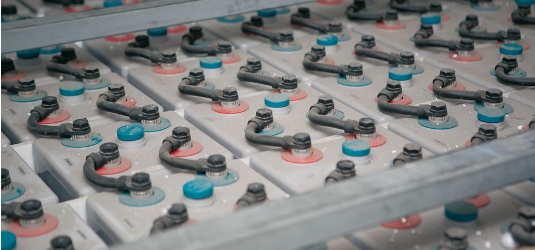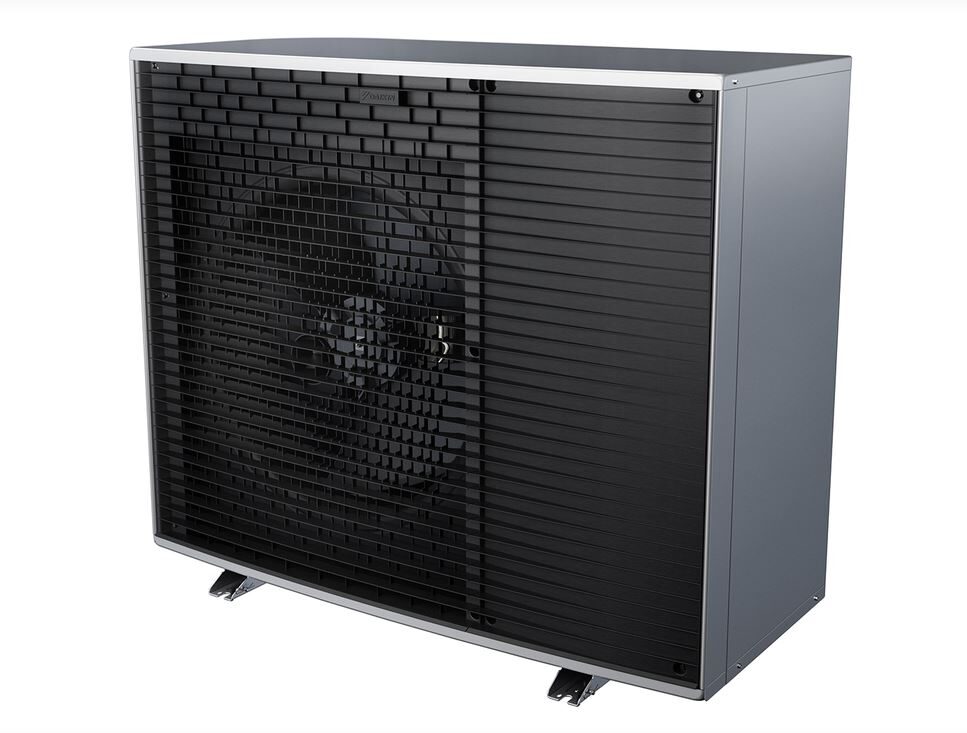1. Sustainability under the microscope
Energy storage has been, and will continue to remain, a key tool for those seeking to decarbonize. To meet their sustainability targets, companies and municipalities are turning to cleantech such as renewable energy, electric vehicles (EVs), and green buildings. All of these rely on batteries and other energy storage technologies to ensure their effectiveness and reliability. One key trend in this push towards sustainability is that the energy storage solutions themselves, including batteries, are not immune to questions concerning their environmental footprints.
For example, emissions tied to the footprint of batteries used in an organization’s facilities can be included in the carbon accounting for their operations. In the Greenhouse Gas (GHG) Protocol, energy storage systems fall under scope 1 and scope 3 emissions.
Accounting for Scope 1 emissions is often easier because much of the data is available within the organization. In contrast, Scope 3 emissions are more difficult to account for because they result from activities from assets neither owned nor controlled by the reporting entity itself. These emissions typically stem from the organization’s supply chain and their assets’ end of life process, which together contributes 65-95% of the company’s carbon emissions. So, if scope 3 emissions are excluded from carbon accounting, the majority of their emissions remain unreported.
Companies that report on their scope 3 emissions stand out from their competitors who lag behind in their disclosure, and can identify and act upon areas for improvement within their supply chain. Leaders in reporting and acting on scope 3 emissions are also better equipped to manage existing and potential regulations.
The demand is growing more urgent for disclosure of scope 3 emissions tied to energy storage systems. For batteries, this disclosure includes data on their GHG, energy, water, and volatile organic compound footprints. Fortunately, up-to-date research now helps users make quantitative comparisons across battery chemistries. In energy-heavy industries such as data centers, where facilities race to showcase their sustainability, this offers a key opportunity to stand out by reducing scope 3 emissions through battery choices.
Energy storage has clearly established its role in the clean energy transition, and the importance of sustainability as a whole is hardly news. But the increase in attention to the environmental footprint of these energy storage technologies is fascinating. Companies and municipalities are no longer able to rely on surface level decisions as they set and meet their climate targets. As the role of storage in decarbonization strategies grows, so does the importance of choosing the most sustainable batteries.
2. Alternative battery chemistries challenge incumbents
Another reason why battery sustainability has become such a hot topic is the increasing number of different battery options. Gone are the days where a single battery chemistry could consider their foothold on an industry secure. Now, both established and new companies fiercely compete to capitalize on alternative battery technologies’ advantages over the incumbents.
For instance, many data centers once considered lead-acid batteries the standard for meeting their uninterruptible power supply (UPS) needs. Then, lithium-ion batteries’ market entrance triggered a migration as data center operators realized the advantages of lithium’s longer life and lower maintenance needs. Following this disruption, the market became more open to additional chemistries, such as nickel-zinc (NiZn), that provide even more advantages, for example, greater safety, more reliability, and a higher power density that delivers a smaller footprint in a real-estate focused industry.
Of course, change isn’t quick, and many of these alternative chemistries have existed for decades. Incumbent technologies have the advantage of existing infrastructure built with these batteries in mind. Even if a company were to consider swapping out a lead-acid battery for lithium-ion, they would have to address not only the batteries themselves but also the connected systems, which may not be compatible with the replacements.
Fortunately, technological advancements address this obstacle by enabling drop-in replacements for incumbents. UPS solutions include advanced battery cabinets that offer backwards and forwards compatibility with existing UPS infrastructure. With this barrier to battery replacement removed, more data centers can adopt alternative battery chemistries without overhauling their backup power infrastructure.
Alternative battery chemistries are challenging incumbents on a variety of characteristics: safety, sustainability, cost, abuse tolerance, space requirements, and more. As new technologies are tailored to excel in these areas, the energy storage industry grows increasingly competitive – making the customer the ultimate winner.
3. Microgrids and multiple battery chemistries
With the commercialization of alternative batteries, markets are realizing that no single battery chemistry exists that is perfect for every use case. As the concept of a “one size fits all” energy storage solution is retired, organizations can creatively incorporate multiple batteries to best meet their needs. Developers have begun to diversify the types of batteries being used in their operations, taking advantage of each chemistry’s unique strengths.
A key distinguishing factor between different batteries is whether they offer high power density or energy density. If a battery has a high power density, it can release large amounts of energy for a short period of time (also known as a high discharge rate). In contrast, a battery with high energy density may have a moderate to low discharge rate, but can supply this amount of energy for a prolonged period of time.
These separate battery types, with differing power and energy densities, can be used together for the same application in a complementary hybrid approach. Microgrids are being developed that have the option of pulling power from a power battery or energy battery, depending on the circumstance. Such an approach is particularly useful for peak power shaving and EV charging systems.
Peak power shaving is the use of battery storage to supply power to a microgrid when power demand and its ensuing costs are highest. This strategy helps operations save money while maintaining disruption-free microgrid functionality. As the transportation economy electrifies, it increases power supply stress on the grid, which in turn increases the grid’s reliance on battery energy storage. While high energy-density batteries (such as lithium-ion) are well adapted to support long duration power demand, they often are not powerful enough to meet short-term peak power demand. At these times, high-power density batteries like NiZn can respond on demand to support those types of short-term microgrid power requirements.
Another example is the power battery use case for EV charging in environments with fluctuating demand. Most battery-powered EV charging stations can support simultaneous demand for only a few level 2 charge sessions, which are slower than level 3. The increase in demand for high power level 3 charging, and simultaneous level 3 charging of multiple EVs, is driving the need for high power batteries. By incorporating multiple battery chemistry options into a single charging station, the system can adjust between providing longer duration, lower power charging or faster, higher power charging based on the needs of the situation.
The varying demands of an electrified economy now require operations to be smart about the batteries they utilize, identifying the best resources based on specific situations. These hybrid approaches show how different battery chemistries don’t always have to compete; instead, they can complement each other and provide a more effective solution.
The future of energy storage
These interconnected trends will intensify. The desire for more sustainable batteries has helped spark the exploration of new chemistries that allow developers and users to take hybrid approaches for their operations. These trends stand true across multiple industries as energy storage use becomes even more widespread. As new technologies emerge and compete, these trends can be expected to bolster the sustainability, efficiency, and value of the energy storage industry.
About the author

Tod Higinbotham is COO of ZincFive, a manufacturer of nickel-zinc batteries and power solutions. He has a strong track record of successfully growing advanced materials companies in the energy storage, semiconductor, and solar markets. He served as Executive VP/GM for ATMI and led the rapid growth of the company, which was sold for more than $1 billion. Tod was an executive member of the leadership team at Advanced Silicon Materials, a world leader in high-purity silicon materials, the business that was sold to REC to form their solar materials business. He was formerly the CEO of PowerGenix, the company that pioneered the novel nickel-zinc battery technology that has become the core of ZincFive’s solution portfolio.
The views and opinions expressed in this article are the author’s own, and do not necessarily reflect those held by pv magazine.
This content is protected by copyright and may not be reused. If you want to cooperate with us and would like to reuse some of our content, please contact: editors@pv-magazine.com.



The battery is a critical component of any electronic device. It provides electrical energy in a chemical form that can be stored and used when needed. Sustainable batteries are rechargeable batteries that can be recharged via renewable energy sources. That’s why sustainable batteries are the future of energy storage. Thank you for such an informative article.